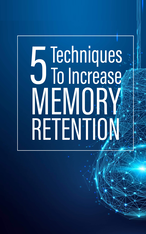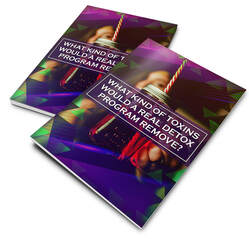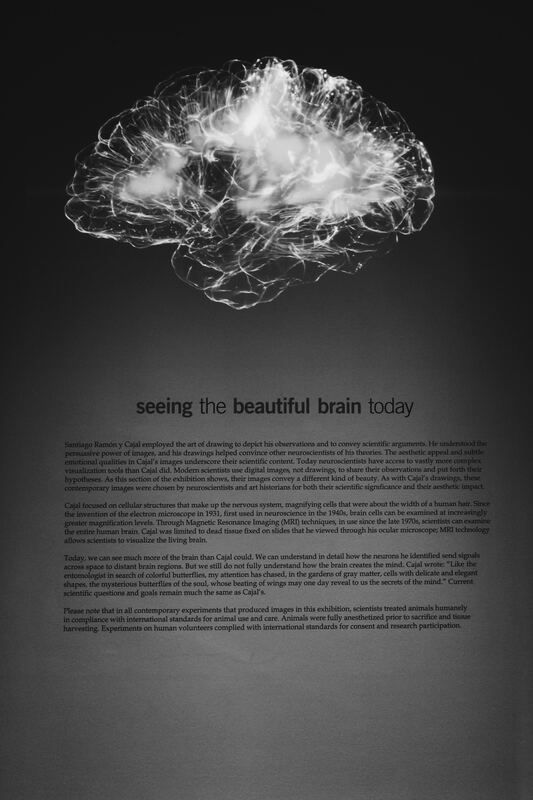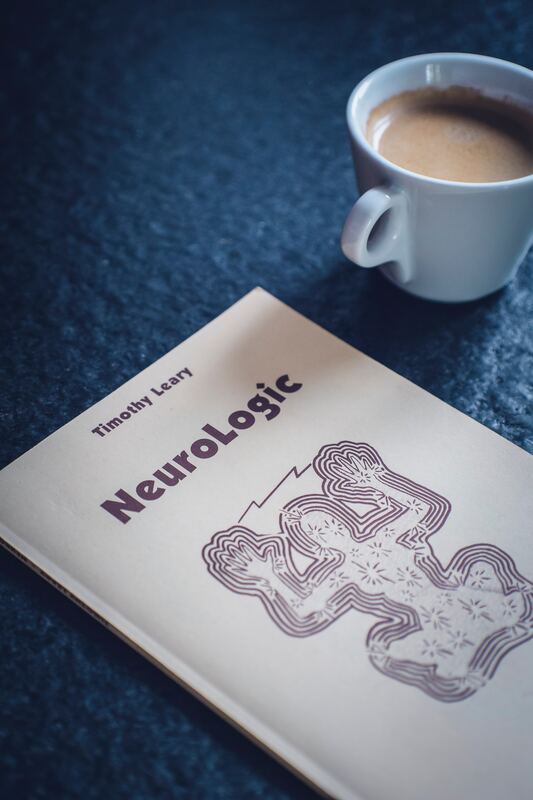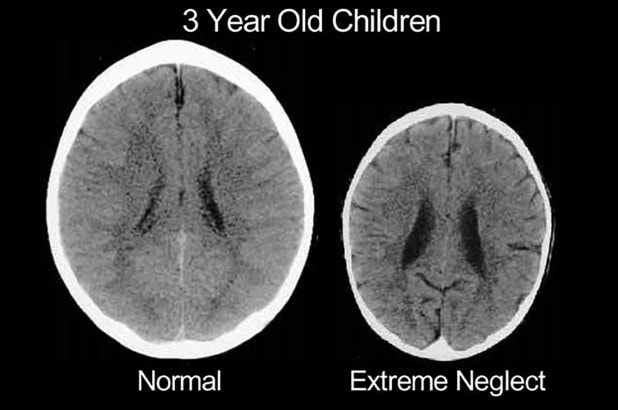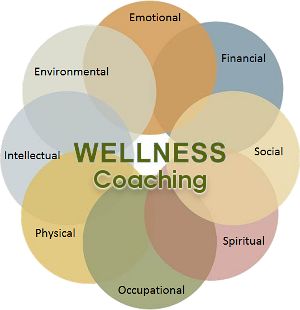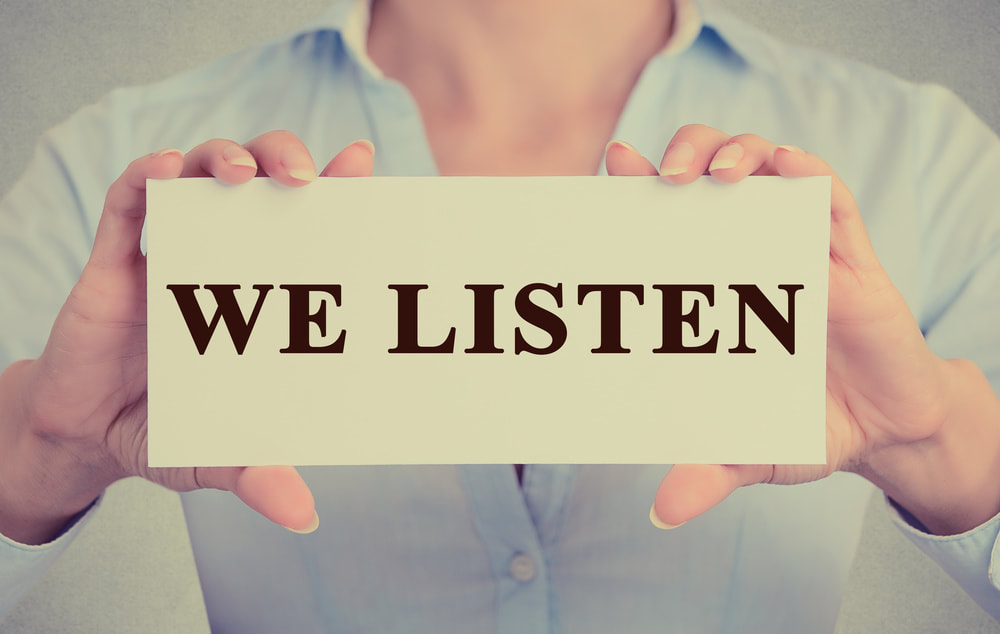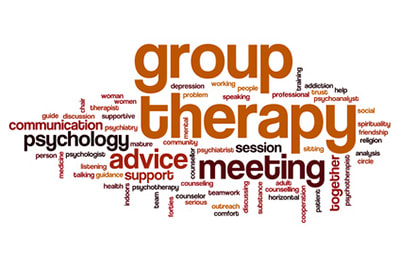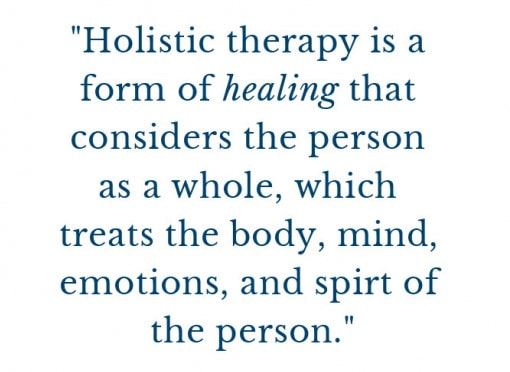|
The times of “cramming” are over. Science has now conclusively established that sleep is pivotal to memory and recall. Want to study something well? Then you had better get your eight hours. Here are five ways to accomplish that and to promote your capability to store and recover knowledge. Take Sleep Seriously The initial and most essential stage is directly to treat sleep with the consideration it deserves. Don’t retire to bed late thinking you’ll ‘make up for it later’. Sleep will impact every aspect of the way you feel, look and function and the negative effects can increase with time. Make getting adequate, significant quality sleep a priority. Drink Less If you are drinking even two glasses of wine or beer at night, then this will be seriously damaging the aspect of your slumber. Alcohol contributes to dehydration, it heightens your heart rate, and it restricts you from knowing fully restorative deep sleep. If you aren’t out entertaining, chose a fruit juice instead. Oh, and the same works for caffeine past 4pm as fully! Take a Hot Shower Before Bed This is one obvious transition that can have a monumental impact on your sleep. A hot shower will prompt the production of melatonin (the sleep hormone) in your body and then encourage you to slumber like a baby. It also naturally relaxes the muscles. Avoid Screen Time For an hour before bed, avoid staring at computer screens or phones. Your brain registers this wavelength of light as sunlight because it’s a comparable point on the spectrum. Spend the last hour reading quietly and you’ll reduce your cortisol and sleep much stronger as a result! Many unnatural lights can generate this dilemma too–in evidence, just leaving to the bathroom in the night can prompt the release of enough cortisol to have rather profound negative effects on your sleep later. Consider a Daylight Alarm While you avoid screen time during the evening still, this same ‘blue light’ is very favorable when you’re just waking up. That’s because cortisol is one feature that aids us wake up and it’s a scarcity of this natural light that usually makes it arduous to get up in winter. Try picking up a daylight alarm which functions by replicating the effects of a sunrise first thing in the morning by supplying light at just the wavelengths and again becoming gradually brighter. 5 Techniques To Increase Memory Retention Ebook pdf downloadWhen it comes to upgrading our brain power, too many of us think in terms of wholesale improvement. We want to increase our IQ or our attention and generally, we seek to ‘level up’ as though we were a Pokemon or a Dragon Ball Z character. “It… it’s over 9,000!” With nootropics and brain training, it’s certainly possible to add a couple of IQ points for what that’s worth. And perhaps with enough brain training, we might be able to slightly increase our attention.
0 Comments
Going through a detox plan can support you to eliminate your body of toxins that can cause you to be sick. Once most people progress through a detox and feel stronger, they’re determined to take care of their bodies.
When you live a detox lifestyle, you figure out the value of eating as healthy as feasible, exercising and staying on track to good health. Acupuncture is something that can work with detox during the process as well as help you continue to feel better. There are many reasons for this, with one being that acupuncture can help with mental detoxification as well as physical detoxification. You can use acupuncture with a certified acupuncturist or in the relaxation of your own home. Any chance you start detoxification, you may encounter some symptoms because of the toxins leaving your body. You might feel differently and not as comfortable if you use a detox plan that ultimately shifts the way that you would typically eat. Your body becomes set in a rut sometimes with how you eat and live. When you shake that up, it throws your body out of its ordinary structure, even if that normal is plagued with toxins. When progressing through a detox plan, most people will experience some bowel discomfort such as gas and bloating. You might experience some diarrhea or constipation. Headaches, muscle aches, and fatigue can also be associated with a detox plan. This is because your body has become accustomed to the presence of these toxins and has adjusted to the way they impact your health. As the toxins are purged from you, your body will go through a resetting period and you’ll feel various side effects. Acupuncture can aid those side effects not be as intrusive - as well as help the detox itself work further. What this form of alternative treatment does is restore your body’s balance - the balance that the toxins take from you. The body is a wonderfully crafted thing and it can fight off a host of infections, bacteria, viruses and more when it’s in good health. But the minute your body is out of balance, it creates a disconnect between your mind and body. Acupuncture returns this balance - and with it, creates restorative health powers to your body. Acupuncture works with detoxification and your body’s own immune system to promote you feel whole anew. And it does so much better than that. Acupuncture can help alleviate some symptoms that are caused by toxins. It can relieve allergies caused by environmental toxins, boost the immune system and stop headaches related to toxins. These are just a few of the benefits waiting for you when you combine acupuncture with your detox lifestyle.
Holistic detox works with the complete person. Please understand that you're not just your skin, bones, muscle tissue, hair, digestive system, circulatory system, and reproductive system. You're worth more than that. You're also not just different parts, or anatomical items and tissue. You're worth more than that.
The best way to explain this is to look at the brain. The brain, of course, is made up of billions, if not trillions of nerve cells. It is constantly bathing in very powerful neurotransmitter chemicals. It is one of the most complicated organic mechanisms in the universe. But nobody in their right mind would look at the brain and say that it is a mind. When you look at a brain disconnected from the body, it is just a clump of tissue. It is a very powerful clump, capable of so much, but it's still a clump. It has to be alive, it has to be fed experiences. It has to be conscious. It has to be self-aware. In other words, it has to be part of a system. That's how you define a mind. A mind involves memories, perception, mindsets, attitudes, perspectives. I bring up this example because a lot of people look at detoxification the same way. When they say that they want to detoxify their bodies, they're looking at their bodies as if it's hermetically sealed off, or surgically removed from the intangibles. This is a serious mistake. It is no surprise that a lot of detox programs currently being promoted out there, flat out fail. They don't even come close to delivering the benefits they're supposed to bring to the table. How can they? They are positioned in such a way that they are supposed to deal only with your body, your blood chemistry, and other physical elements. But the reality is that you are more than the sum of your parts; you are more than your body. You're more than your ability to perceive. You are also your experiences, your memory, and your potential. You're also your mindset. If you want a good example of this, look at a person's life before and after they develop Alzheimer's. It's a completely different person. It is very tragic when you see this person, complete, beautiful, deep, integrated, completely wiped of their personhood, and all you see really is somebody who is just there physically, and not much else. Realize that you are doing the same. You might think that you are a fully functional human being who can make things happen and who is responsible and everything. This might seem to be the case but if you find yourself going around in circles or constantly making the same bad decisions, it might turn out that you’re not as free as you think. Unless and until you choose to wake up to the invisible toxins that are pushing you to run your life into the ground you won’t be able to achieve the kind of victories that would push you to the next level of self-awareness or full functionality. Learn to let go of unseen toxins. To get an inside look on the most effective way to do detox, click here. Download this book today and change your life. Take it to the next level.  What Is Neuro-Linguistic Programming (NLP)? The three terms that work to create the term NLP provide an explanation for the term combination. First, there is the term “neuro”. Neuro refers to images and understanding in your brain. Then there is “linguistic”, which is the process that we apply our terminology to connect privately and externally. Then “programming” which is about making transitions. NLP is all about communication both private and extraneous. At present, you will express and receive messages in a specific fashion. These pieces of information are in the verbal and nonverbal form. The path that you process the messages you obtain will influence what state you end up in. These “states” will influence your performance and what you end up doing or not doing. NLP is all about Change When you are using NLP systems to enhance your life, you will not be existing in the past struggling to speculate why you are undertaking particular qualities that are hindering you from accomplishing. This is the therapy model, and NLP takes you in the opposite way. With NLP, it is all about what serves you rather than why it functions. With the therapy model, it can take an undoubtedly long time for a productive difference to arise. It may never develop as smoothly. It will be uncomfortable for you to burrow into your past to struggle and produce the change that you require. With NLP changes can be exceedingly fast as you are concentrating on how to establish the transformation rather than why you require to change. Beliefs and Assumptions of NLP One of the primary concepts with NLP is that you are not damaged beyond healing. All that is needed is for you to resolve the course that you see the world in order to obtain the results that you choose. What you understand is truth is not the truth. It is your map of reality that you have internalized. This mapping changes if you under particular influences such as stress. So one of the key focuses of NLP is to transform the mapping that you have in your mind. Models used in NLP NLP has its groundwork in modeling work on successful people several years ago. The logic here was “what makes these people successful?” and “how can I relate this to my life to be prosperous too?” Two of the most well-established models in NLP are: The Meta Model This is a model for terminology and the means behind it is to transform the map that we have of existence. With the Meta Model, you will bring to light certain features from your subconscious mind that calls for a remap. {more information to be continued...} Photo by Markus Spiske on Unsplash, Photo by Alina Grubnyak on Unsplash,Photo by Alina Grubnyak on Unsplash
6/29/2019 1 Comment Talk Therapy is Considered Top and Most Helpful Method to Treat Anxiety Based on the Latest Research in Today’s Field of PsychotherapyWe all feel anxiety at some point in our lives. When should we be concerned and ask for help? |
| Through this experience, I have met (virtually or in person), many educators, and Bloggers. I have been exposed to blogs that provided me with great resources to share, and I have had the opportunity to find resources that have made me a better person. Blogging is as much about sharing as it is about getting your voice out. If you have been around for a while, you probably remember the days before blogging, when publishing was for the few or the chosen (or celebrities!). Publishing in a print copy of a journal takes months and is a big commitment. Writers look at the theme of a journal, write a manuscript, and have to hand it in by the deadline set by the organization that publishes the journal. And then they wait... Risk-taking Rather Than Rule-Following Blogging breaks many rules. It doesn't have to follow the standard grammatical rules that we all heard about in English class. I know that many educators cringe at the thought of not following grammatical rules, but that's the fun part about blogging. Bloggers can play with words and sentence structure. It's more about engaging a reader than about the rules of writing. And, like all teachable moments, the lessons learned by blogging are essential for students too. When students (we are all students) have the opportunity to blog, they can share their perspective, but it allows them to play with language and sentence structure. Blogging is a 21st century way to engage in the learning process. So, for all of my listeners, I will continue to Blog on various topics. As you continue with me on this journey, I hope it helps you as much as it did for me. All my Best, Reanna J Waugh, B.Sc Student, PhD in Clinical Psychology Waugh's Holistic Wellness Center 823 Delta Ave Gladstone, MI 49837 Office: 906-398-7927 Cell: 830-515-2641 | CategoriesArchivesNo Archives Author |
Archives
April 2021
November 2020
April 2020
March 2020
February 2020
January 2020
December 2019
June 2019

 RSS Feed
RSS Feed
